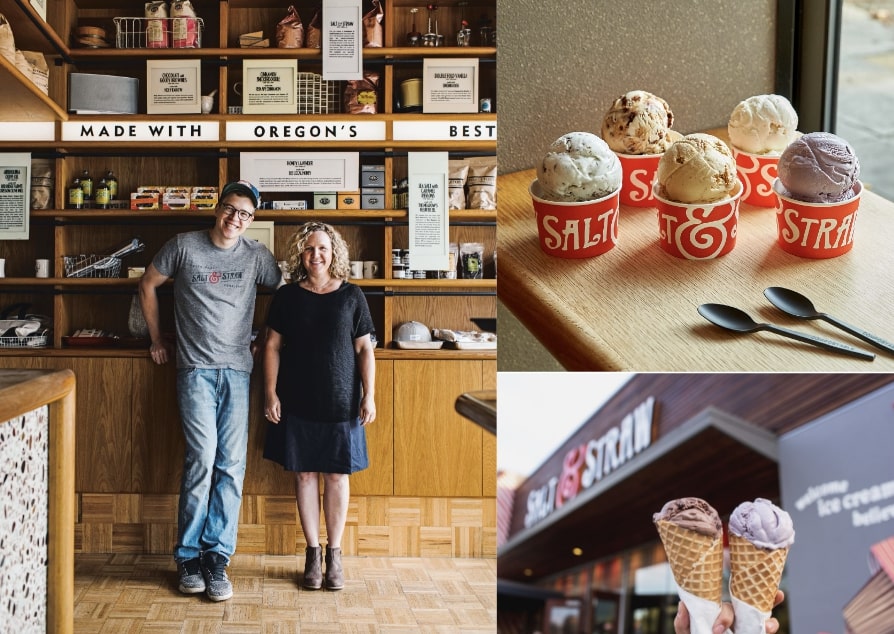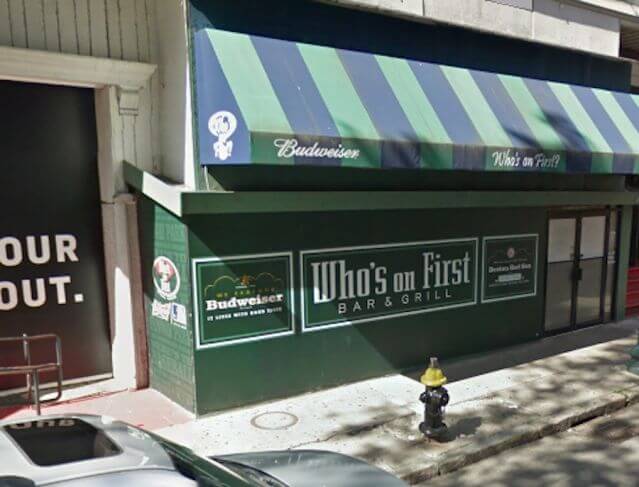Growing vegetables in a densely packed urban environment with lead and other toxins in much of the soil is a difficult task for greenhorn green thumbs and seasoned urban farmers alike. But the brains behind Somerville’sGrove Labshope to sow the seeds of a new approach to practical urban gardening in their bookshelf-sized grow labs which hits the market on Nov. 3. “With an increasingly large urban population where people are very concerned and conscious about what goes into your food and combined with incredible advances in technology, just eating a vegetable isn’t going to cut it,”Grove Labsco-founder Gabe Blanchet said. “People want to know where the food came from and what’s in it. When it comes from your own kitchen in a setup you have control over, you know exactly what you’re getting.” Blanchet, 27, came up with the idea for Grove Labs along with his former fraternity brother, Jamie Byron, when the duo was studying at MIT in 2012.
After a few attempts at prototypes, the pair found a setup they thought was ripe for the market. The multi-tiered grow beds use web-connected lamps, pumps, fans are all controlled by the Grove app. They control maturing of peppers and tomatoes, mimics sunrise, peak sunlight, sunset and seasonal shifts. RELATED:Local nonprofit’s healthfood-for-kids tools on display at Apple Store “Indoor growing has been a regular thing for 40 or 50 years, but it has usually been associated with marijuana growth,” Blanchet said. “But we’re hitting this point technologically and culturally where growing your own food indoors in an urban environment makes a lot of sense.” The frat brothers turned business partners said that the bays are ideal for growing leafy greens and herbs like baby tomatoes, baby kale, baby spinach, arugula, cherry tomatoes, peppers, cucumbers, basil, cilantro, parsley, mint, parsley, sage, rosemary and thyme. Trellises for full-sized tomatoes, hops and other climbing plants are in the works as well. The premier units to hit the market are 34” wide, 16” deep and can stand 54 to 75” tall, not dissimilar from an average bookshelf. The labs go for $4,500, but there’s a 40 percent discount for their nationwide launch. “The plants in the Grove grow 30 to 50 percent faster because of the constant flow of nutrients and the ideal amount of light at a denser rate, depending how diligent the user is, they could produce about a salad every other day,” Blanchet said. “It won’t grow you 100 percent of food, but a densely growing bay can yield about a salad’s worth of greens every other day.” The grow lamps put out 20W to 200W, with air and humidity sensors, and water temperature and level meters. App users can control the watering and light cycles, light spectrum and intensity, airflow, and are equipped with warning systems if the beds need attention. “This certainly is not a new idea, but the thinking surrounding the process of homegrowning is changing and evolving,” Hugh Joseph of the Friedman School of Nutrition at Tufts said The other models, which are being tested at the moment, involve an aquaponics cycle system with fish tank siphoning water with goldfish waste up to a tank above to the growbed with plant root systems, cultivating the naturally healthy nutrients and bacteria which are flushed out and the cleansed water pours back down into the tank without algae building instead of chemically cleaning water. “The aquarium at the bottom is a game changer compared to the basic setup for the shelf models,” Joseph said. “With the aquarium on it, it is more like a piece of furniture than a garden. There are so many aquaponic methods to grow greens that will do great in that medium.” RELATED:Local nonprofit’s healthfood-for-kids tools on display at Apple Store The 25-gallon fish tanks are ideal for goldfish and tetras, but they are testing out snails, clams, frogs and various algae species to purify the water.
“Dollar for dollar, you’d have to compare outdoor garden costs to the indoor. It’s all relative,” Joseph said. “It costs me nothing outside of the seeds for my cherry tomatoes. That costs me nothing. It’s not cheap to grow what looks like a few herbs and greens. More cost effective than regular lighting, great chance to get it in the winter, but it’s expensive no matter what standards.” What first blossomed in a bay window overlooking the Charles River now has 50 early adopter units in the Greater Boston Area to test the target market before the national launch next month. “Too many kids these days think vegetables and fruits come from a plastic bag in the grocery store, and that’s a problem,” Joseph said. “This can help inspire and educate.”


















